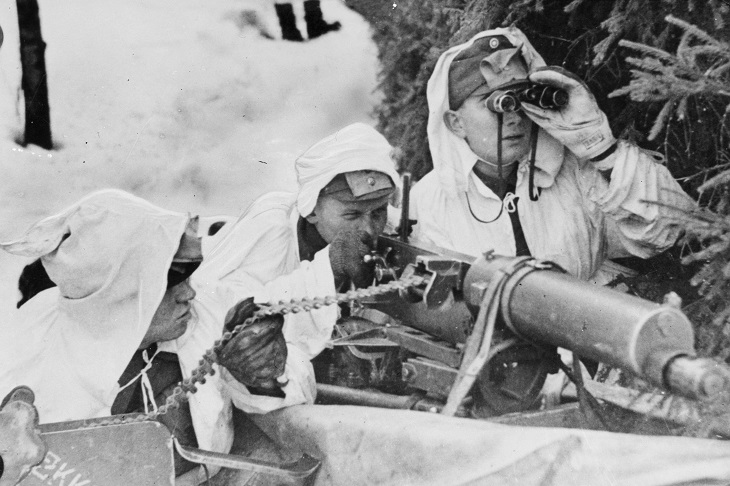For Finnish people, the concept of sisu cannot be directly interpreted. Roughly translated, it means strength, perseverance, and a firm determination to keep going in the face of adversity. It is best summarised as a collective inner strength called upon during challenging times.
The term helps explain Finland’s dominance in sports based on physical endurance.
Already a subscriber? Log in
Subscribe for just $2 a week
Try a month of The Spectator Australia absolutely free and without commitment. Not only that but – if you choose to continue – you’ll pay just $2 a week for your first year.
- Unlimited access to spectator.com.au and app
- The weekly edition on the Spectator Australia app
- Spectator podcasts and newsletters
- Full access to spectator.co.uk
Or


























Comments
Don't miss out
Join the conversation with other Spectator Australia readers. Subscribe to leave a comment.
SUBSCRIBEAlready a subscriber? Log in